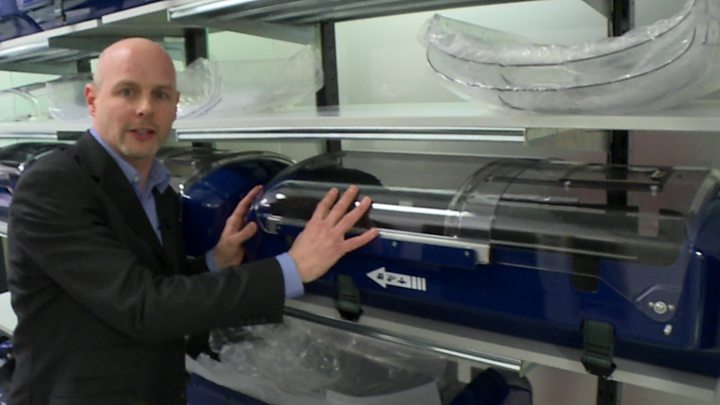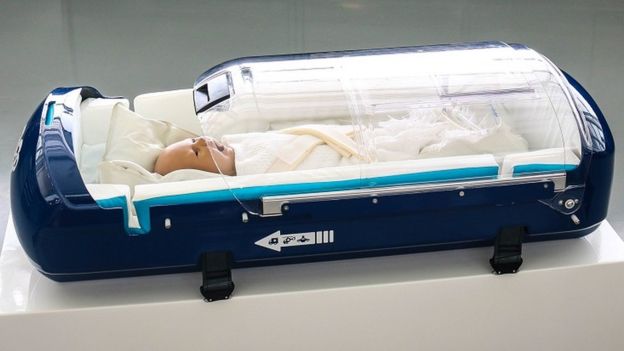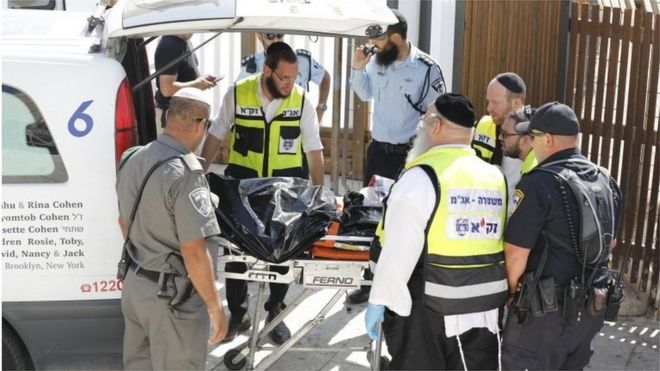
Formula 1 technology has had an impact in many other sectors, from aeronautics to cycling, public transport to data analytics, but now Williams has come up with a hi-tech carrier for critically ill new-born babies.
Every year the Williams Formula 1 team spends more than £100m ($130m; 114m euros) trying to make two cars go round a racing track as fast as possible.
Ignore the adrenaline-fuelled appeal of wheel-to-wheel racing, and it might all seem rather pointless. Yet the technology developed in the white heat of competition can turn up in some surprising places.
The materials and techniques used to build Williams' F1 cars, for example, are now being used to make an altogether different type of transport - for new-born babies.
The Babypod 20, as it is known, is a sleek, lightweight box with a sliding transparent lid and a heavily padded interior. It is designed for transporting infants who are critically ill, whether by car, ambulance or helicopter.
It looks pretty basic, but is the result of an intensive development process. The material used in the design is carbon fibre, the same remarkably strong material used in F1 cars.
 WILLIAMS
WILLIAMS
The pod is being built by Williams Advanced Engineering, a sister business to the Formula 1 team, based at the same UK site in Grove, Oxfordshire.
The firm has been working on the new design alongside Advanced Healthcare Technology (AHT), a company that has been building transport systems for babies for a number of years.
Carrying new-born babies from place to place is not easy.
They need to be kept at a constant temperature and protected from vibration and noise, while being monitored closely by medical staff.
In the past, incubators were used. But these are heavy, cumbersome devices, that require an external electricity supply and often dedicated vehicles to carry them as well.
The Babypod was initially developed by AHT as a lightweight and more practical alternative. Williams was then called in to develop a new, more advanced design.
 MALCOLM GRIFFITHS
MALCOLM GRIFFITHS
The result is a device that weighs just 9.1kg (20lb) - about the same as three bricks - takes up relatively little space, and that can withstand an impact of up to 20G (in case the ambulance carrying it is involved in an accident, for example).
To begin with, it is being used by the Children's Acute Transport Service (CATS) of Great Ormond Street Hospital in London, though the plan is to market it much more widely.
CATS operational manager Eithne Polke says the service is delighted with the new pod, which costs £5,000 per unit.
Fast and effective transportation can save lives in emergency situations, she says, and the pod "allows for greater flexibility and manoeuvrability when moving critically ill infants ".

